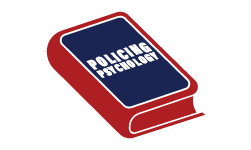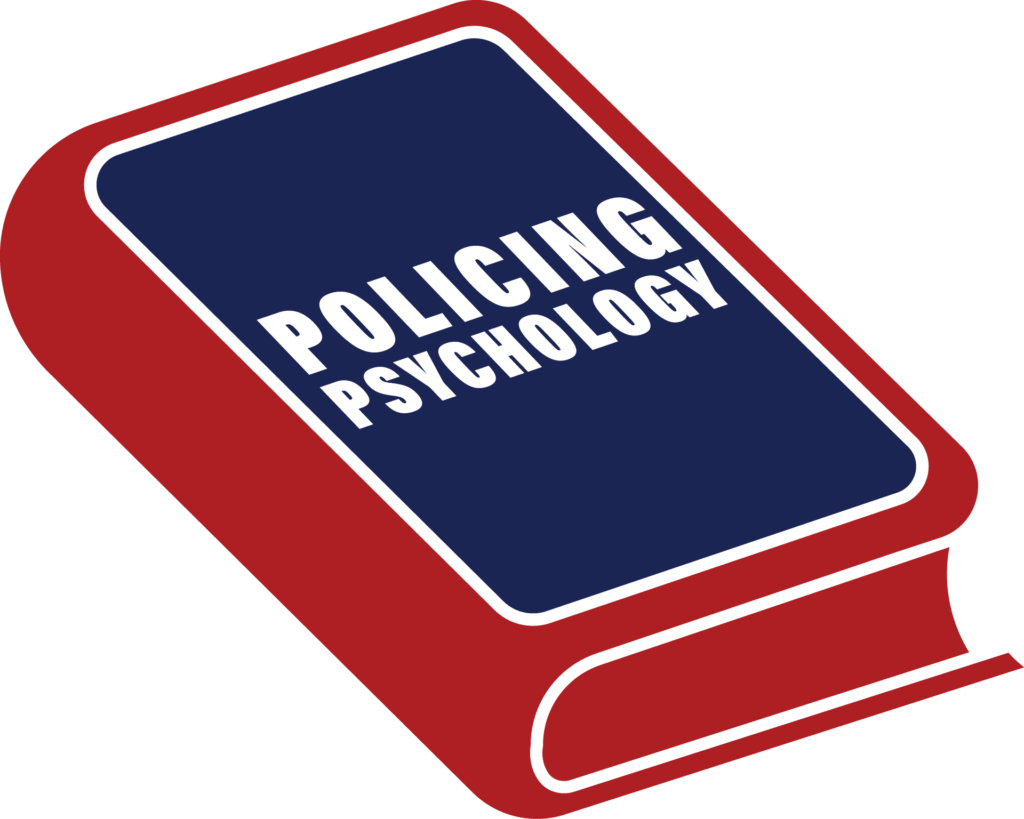Book Recommendation
On Combat: The psychology and physiology of deadly conflict in war and peace by Lt. Col. Dave Grossman and Loren W. Christensen.
Why I recommend this book:
This book will help you to prepare for a lethal force encounter by understanding the psychology and the physiology involved. Law enforcement officers can be thrust into lethal force decisions without notice and we need to prepare ourselves for them. This will help you to understand your own immediate physical reactions and how to train for those incidents. It will also help you to understand the psychological impacts after the incident, along with some help dealing with the psychological impacts.
Autonomic Nervous System:
Your nervous system is divided into a balance between two systems, the sympathetic and parasympathetic, which modulate how your body functions. The sympathetic nervous system is designed to activate in response to stress. It diverts your body’s resources away from long term functions, such as digestion, toward immediate threats. The parasympathetic system does the opposite, as it is often referred to as the rest and digest system. In essence, activating the sympathetic nervous system is designed to prioritize short term hypervigilance, especially in the face of immediate threats. It can be “a total mobilization of all assets toward one thing and one thing only – survival.” Whereas the parasympathetic system is designed to prioritize your long-term health, with a focus on things like rest, recovery and digestion.
Homeostasis – connection to the biological roller coaster:
They reference Dr. Gilmartin’s work in the book Emotional Survival for Law Enforcement (link to summary) and his work on the “how the parasympathetic backlash can impact warriors every day.” Our body seeks to find a balance or equilibrium between the two opposing forces. As such, a high level of sympathetic activation can lead balance with a parasympathetic activation to follow. This routine swing is described by Dr. Gilmartin as the biological roller coaster. Officers often describe feeling energized through sympathetic activation at work during the top of the roller coaster and lethargic off duty at the bottom of the roller coast.
Physiological arousal and heart rate:
This book lists a colour coded system to describe the heart rate of officers, along with their physical level of arousal. These colour codes progress from the lowest heart rate up, starting with condition white, yellow, red, gray, and black. They describe that a heart rate of between 115-145 beats per minute (BPM) is optimal for combat survival and performance. As the heart rate increases beyond that, into condition gray and then black, performance deteriorates. These includes physical effects such as auditory exclusion, cognitive processing deterioration and tunnel vision. An example would be a laser visual focus on a threat, such as a gun, but a lack of perception of the surrounding imagery that we would normally perceive. The author’s discuss stress acclimatization, “where prior success under stressful conditions acclimatizes you to similar situations.”
Tactical breathing:
The authors describe the ability to lower your heart rate through “tactical breathing”, which they describe as a “four-count tactical breathing exercise used by elite SWAT teams and special ops soldiers world-wide.” They are describing that you can maintain some control of your physiology by choosing to practice a breathing pattern that will decrease your heart rate and increase your ability to perform under high stress. It is the long slow exhale that will help to lower your heart rate.
Habits and autopilot:
“Whatever is drilled in during training comes out the other end in combat – no more, no less.” This is a subheading with a chapter titled autopilot. We often used a quote during my police training, “you don’t rise to the occasion, you sink to the level of your training”, which is a direct quote from this book. They describe four levels of ability ranging from unconscious incompetence, conscious incompetence, conscious competence and unconscious competence. The last is the highest level of mastery. You want to train to the point that you can execute your training on autopilot.
Force on force training (simunition training):
The use of scenario-based training using simunition rounds is crucial for stress inoculation. They also describe the importance of practicing continuing to fight through any pain that you encounter in the training, as opposed to stopping when you are hit with a simunition round. The authors quote Irwin Rommel as “the more you sweat in training, the less you bleed in battle.” They use the term “pre-battle veterans”, who have “the survival skills of a veteran warrior but without the tragic cost of real combat.”
Perceptual distortions:
Distortions in sensory perception can happen during lethal force encounters. These can include visual and auditory exclusions or distortions. These can also include memory loss and memory fallacy. Your brain can even fill in gaps with false information.
Lethal force decisions:
This book details examples where many police applicants and police officers refuse to use lethal force, in training and in scenarios, even when it is needed as the only option. For example, they describe one training scenario where officers respond to a shots fired call. Upon arrival, they observe a suspect stating “I’m going to kill him. I’m going to kill him.” The suspect has their back toward the arriving officer, with a gun pointing at the head of the officer on the ground. The majority of officers did not shoot until after the suspect had shot the officer and a significant minority did even not shoot then.
EMDR:
This book cites the effectiveness that EMDR (eye movement desensitization and reprocessing) has had in psychological recovery, as it cites studies that have shown an 85-90 percent success rate.
Summary:
This book expands on Lt. Col. Grossman’s work from his book On Killing (click here for summary) by diving further into the psychology of lethal force encounters. This book adds much greater detail about the physical reactions that occur during lethal force situations and provides the use of tactical breathing as one of our mechanisms for control. The authors also detail the psychological impacts of lethal force encounters, along with providing some insights into the recovery for people after experiencing those effects, such as EMDR. This book should be a must read for all police officers to prepare for when they might face a lethal force situation.
Click below for a link to Lt. Col. Grossman’s website to buy a copy of this book.
Click here to read blog post on lethal force decisions for police officers.

